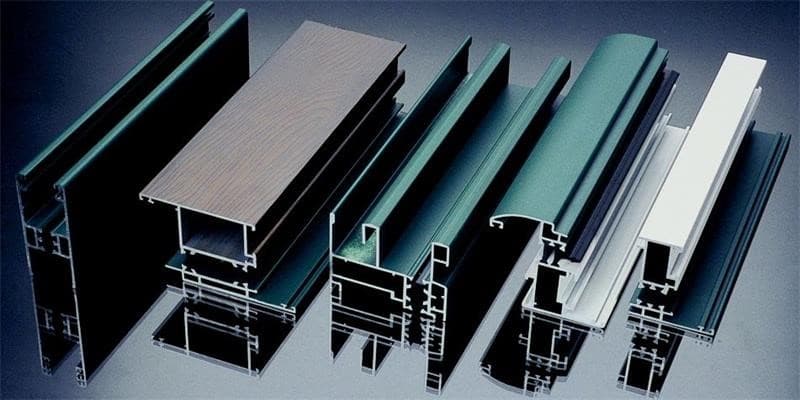Aluminum Extrusion Process: A Detailed Breakdown
The aluminum extrusion process is a manufacturing technique used to create objects with a fixed cross-sectional profile. It's commonly used to produce a wide range of products, from simple.
shapes like rods and tubes to complex profiles like window frames, automotive parts, and structural components. Here's a detailed breakdown of the aluminum extrusion process:
Raw Material Selection:
The process begins with the selection of high-quality aluminum alloy billets. These billets are typically cylindrical or rectangular in shape and are made from aluminum alloys suitable for extrusion, such as 6063, 6061, or 7075.
Billet Preheating:
The billets are heated to a specific temperature in a billet furnace. This temperature can vary depending on the alloy and the extrusion profile but is typically around.
800 to 1000 degrees Fahrenheit (427 to 538 degrees Celsius). Preheating softens the aluminum, making it more malleable for the extrusion process.

Comments
Post a Comment